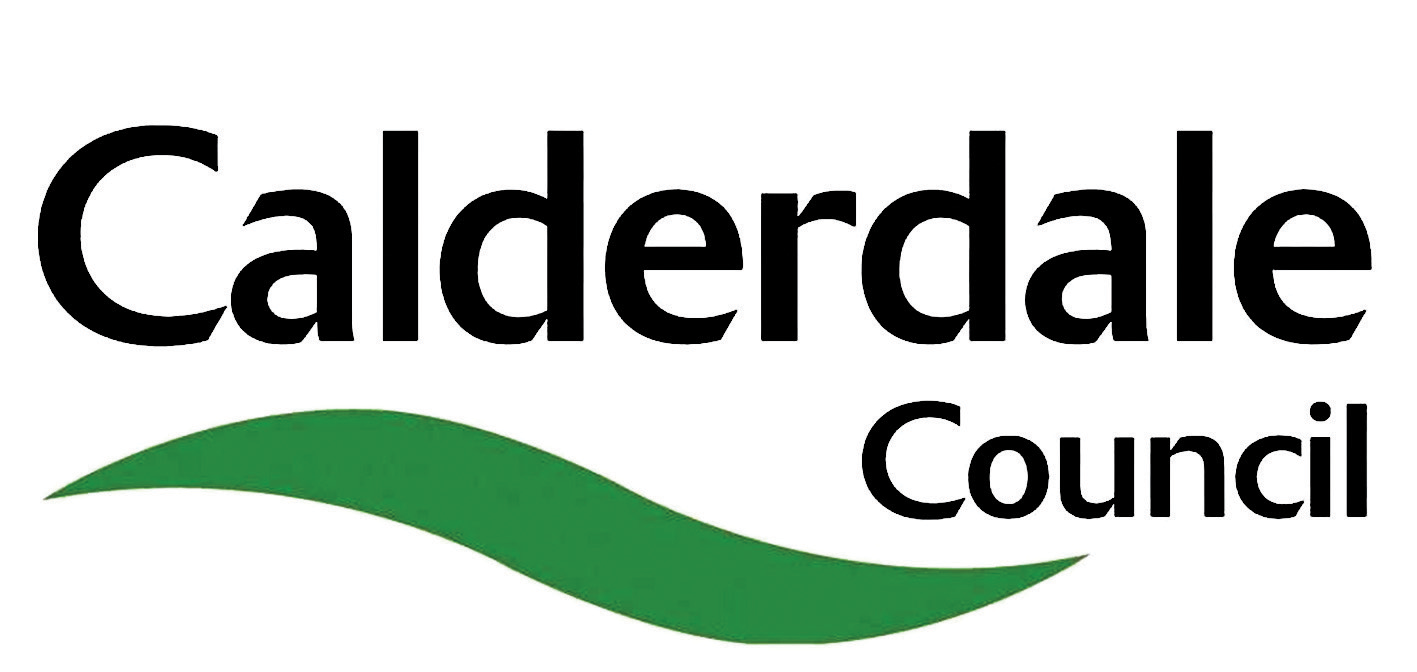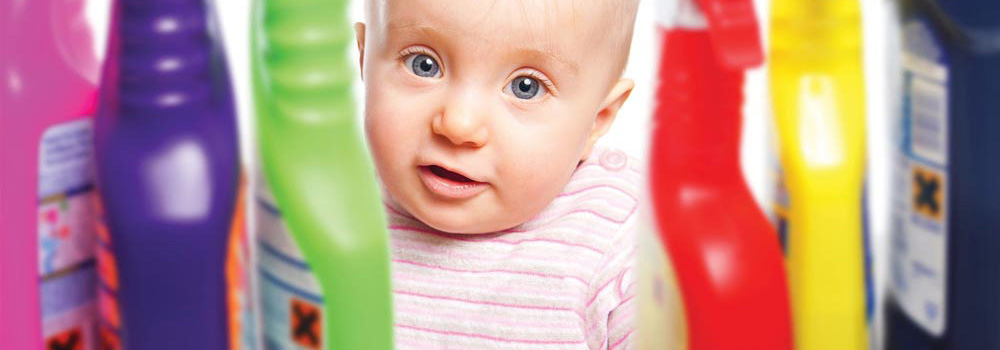Glass, knives and sharp objects cause serious cuts.
PREVENTION:
Do not leave drinking glasses on the floor. Make sure glass bottles are kept up high. Hide kitchen knives.
WHAT TO DO:
-
If the cut is not serious bathe the area, make sure there is no glass left and cover with a clean non-fluffy cloth.
-
If the cut is serious, is bleeding a lot or has a piece of glass under the skin go to A&E.
Many children drown, often in very shallow water. It happens in the bath, in garden ponds, paddling pools and water butts.
PREVENTION:
WHAT TO DO:
Get your child out of the water. Try to get them to cough up any water. If they are not responding call 999.
Poisoning from medicines, household products and
cosmetics are common.
PREVENTION:
Lock all chemicals, medicines, alcohol, batteries and
cleaning products away.
WHAT TO DO:
Find out what your child has swallowed and take it with
you when you go to A&E.
Window blind cords and chains can pose a risk of injury or strangulation.
PREVENTION:
-
Install blinds that do not have a cord.
-
Pull cords should be kept short and out of reach.
-
Tie up the cords or use one of the many cleats, cord tidies, clips or ties that are available.
-
Do not place a child's cot, bed or highchair near a window.
-
Do not hang toys or objects on the cot or bed.
-
Do not hang drawstring bags where a small child could get their head through the loop of the drawstring.
-
Find out more about CPR.
WHAT TO DO:
Untangle child, call 999 and start CPR.
A fracture is a broken or cracked bone.
PREVENTION:
Supervise play, use correct safety equipment (helmet, knee and elbow pads) for scooters, skateboards and bikes.
How do I know it’s a break?
-
Sometimes it’s obvious and you can see the bone through the skin.
-
They are in pain and sometimes shock.
-
Limb can appear to be disjointed.
-
Swelling and bruising.
WHAT TO DO:
-
Don’t let them eat or drink in case they need an anaesthetic.
-
Hold an ice pack (frozen peas) wrapped in a tea towel gently onto the area.
-
Stabilise a broken arm using a towel as a sling.
-
Support the limb, especially when in a car, so ask someone else to drive if possible.
-
Go to A&E.
For babies the biggest danger is rolling off the edge of a bed, or changing surface. For toddlers it is more about falling from furniture or down stairs.
PREVENTION:
-
Ensure baby cannot roll off any surfaces.
-
Do not put a bouncing cradle or car seat on a surface where they could wriggle off.
-
Use stairgates once your child is mobile. Make sure balconies are locked and fit window safety locks.
WHAT TO DO:
If your child has a serious fall call 999.
Most bumps, bruises, cuts and grazes can be treated at home.
PREVENTION:
WHAT TO DO:
Contact your GP if:
-
Their injury doesn't seem to be getting better.
-
The cut or graze might be infected.
-
They have a fit for the first time.
Minor head injuries often cause a bump or bruise. If the
child is awake and with no deep cuts, it's unlikely there
will be any serious damage. Other symptoms of a minor
head injury may include:
A mild headache.
Feeling sick.
Dizziness.
Mild blurred vision.
If these symptoms get worse or if there are other, more
serious symptoms, go to A&E or call 999 to request an
ambulance.
One of the signs of a severe head injury is being unusually sleepy, this does not mean you cannot let your child sleep.
You need to get medical attention if:
-
they are vomiting persistently (more than three times)
-
they are complaining it hurts
-
they are less responsive to you
-
pain is not relieved by paracetamol or ibuprofen.
If they are tired from what’s happened, or from crying,
then it is fine to let them sleep. If you are worried in any
way about their drowsiness, then you should wake your child an hour after they go to sleep.
WHAT TO DO:
Check that they are okay, and that they are responding normally throughout the night.


